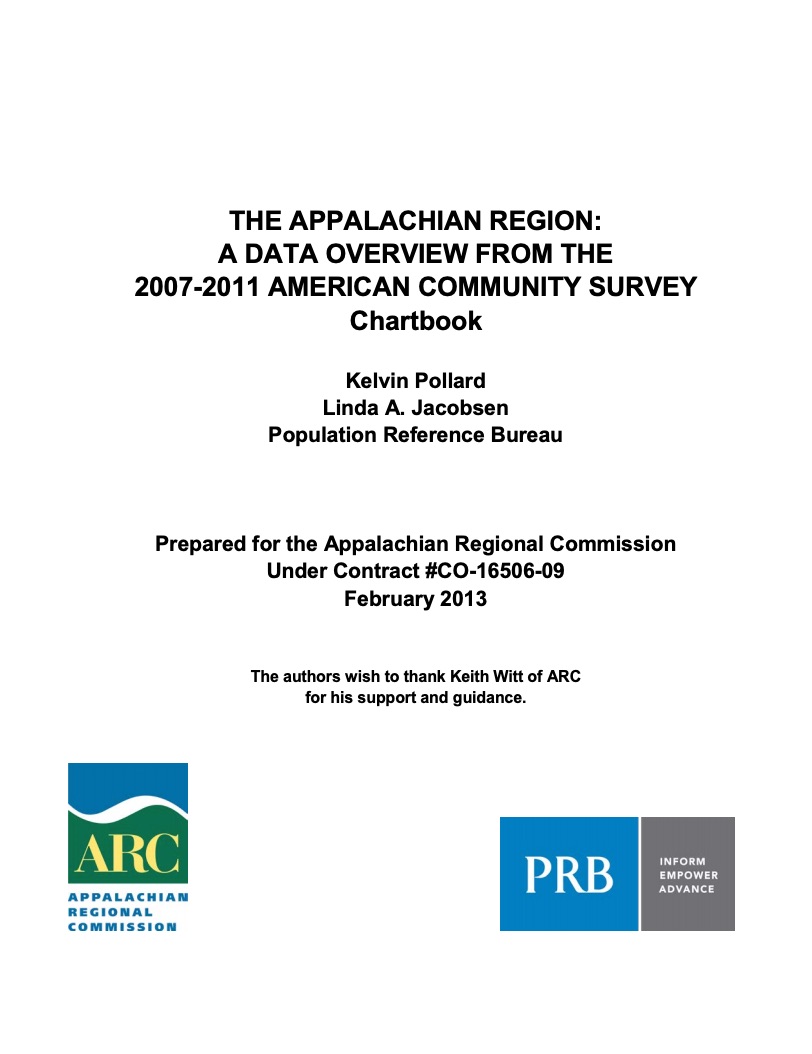Nigerian Parliamentarian Pushing for New Population Policy Cites PRB Data As Evidence
(2015) According to news reports, Nigerian parliamentarian Babatunde Gabriel Kolawole backed a proposed motion for population policy legislation with projections from PRB’s World Population Data Sheet as evidence of a brewing crisis and the need to take quick policy action to avert it.




